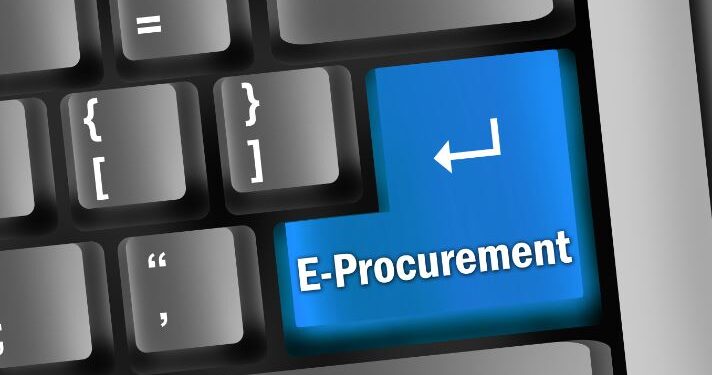eProcurement, also sometimes referred to as supplier exchange or electronic procurement, refers to the buying and selling of equipment, services, supplies and works via a networked system such as a web interface.
The technology is intended to centralize and automate all interactions between organizations, their customers and other partners in the value chain in order to render improvements to the efficiency and speed of procurement practices. eProcurement boasts a wide range of innovative features that have all been created for the purpose of bolstering the effectiveness, efficiency and overall cost of procurement.
The history of eProcurement
eProcurement began more than three decades ago back in the 1980s with the development of EDI (electronic data exchange). EDI enables the sharing of documents and files between those in business and was a revolutionary concept at the time, meaning that businesses no longer had to send physical documents but could instead do so electronically.
Procurement EDI enabled customers and suppliers to both receive and send invoices and purchase orders with the use of call-forward networks, which were eventually replaced by email.
In the late 90s EDI improved further when organizations began to develop specialized online catalogues that were specifically aimed at vendors. Today eProcurement involves activities that relate to the evaluation and selection of suppliers in addition to what will be needed to buy products from particular vendors such as supplier catalogues and electronic orders.
The advantages of eProcurement
There are significant advantages offered to organizations by eProcurement.
One of these advantages is the automation of tedious tasks such as document management and auctioning orders, price negotiations, the agreement and storage of supplier contacts and the evaluation and selection of suppliers, which and organization can now automate with its suppliers in order to speed up business and allow staff more time to focus on other tasks.
Another benefit of eProcurement is improved workflows for procurement, which allows self-service for end users as well as decentralization via catalogues that have been approved by the company and more frictionless processing of the ordering of goods and services as well as payments from suppliers.
The visibility of purchasing behaviors will also be increased by eProcurement, allowing an organization to more easily identify where all the money is being spent. This type of data is invaluable and helps organizations to have greater control of non-compliant spending while also identifying areas where suppliers can be consolidated and buying power can be leveraged in order to negotiate more cost savings.
The connection to ERP and external supply chains can also be improved, with information able to be shared in real time between ERP or financial systems and supply chains so as to increase the overall visibility of supplier data and transactions.
Digital eProcurement methods can save organizations an astonishing amount of time and money, with far-reaching functions that benefit companies on a day to day basis including their supply chain and operational activities, reducing errors and freeing up both time and resources.



